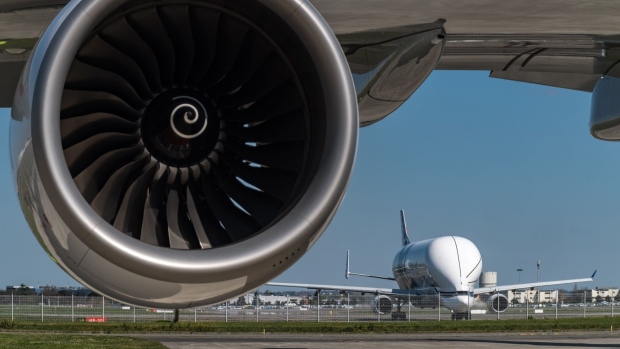Jul 7, 2020
Rolls-Royce's Boeing 787 engine in new safety alert over cracks
, Bloomberg News

Rolls-Royce Holdings Plc faces a fresh issue with the Trent 1000 turbine that powers Boeing Co. 787 Dreamliner jets, adding to the list of design faults that have plagued the engine since 2016.
The glitch concerns the cracking of discs in the model’s low-pressure turbine as they rub against nearby seals. The European Union Aviation Safety Agency said it plans to issue an airworthiness directive on the matter, which could lead to damage and reduced control over the aircraft if not fixed.
Faults with the Trent 1000 have racked up more than a billion dollars in charges and helped General Electric Co. win a larger share of engine orders on the 787.
The latest alert isn’t on the same scale as earlier issues, with EASA indicating that inspections can wait until the next shop visit and that the discs can still be installed in new turbines so long as they’re examined afterward.
Rolls-Royce said on May 7 that it aims to reduce Trent 1000 groundings for remedial work to no more than 10 at a time as flights resume after coronavirus lockdowns. The London-based company said Tuesday that the new problem shouldn’t affect that goal.
“We do not anticipate it will cause any significant operator engine maintenance burden,” a spokeswoman said. “We are developing a design solution which will remove the need to inspect these parts.”




